Professor Micol Hebron’s “Gallery Tally” project is getting up in faces and turning heads all across the country, using art to underscore how few women get their work shown in gallery exhibitions.
Micol Hebron thought she was procrastinating, dawdling around and avoiding her office work as she paged through back issuesof Art Forum magazine.
On a whim, the artist and associate professor in the Department of Art at Chapman University counted how many of the pricey full-page ads placed by prominent galleries promoted male artists vs. female artists. Next she pored over gallery exhibition rosters, comparing the ratio of male to female artists. The counts were remarkably similar — women artists were represented in only about 20 to 30 percent of both the ads and the rosters.
View more posters at the project’s open-source Tumblr page.
Suddenly a new project was born. Hebron presented her data in the form of posters, and soon she invited other artists to join her — including Chapman students and alumni. They tallied the rosters of the top 100 galleries in Los Angeles and revealed their data in diverse, colorful, pointed posters. Now the project has become “(en)Gendered (in)Equity: The Gallery Tally Poster Project,” a huge open-source collaborative exhibition with more than 400 works – all poking a finger in the sexist eye of the art gallery community.
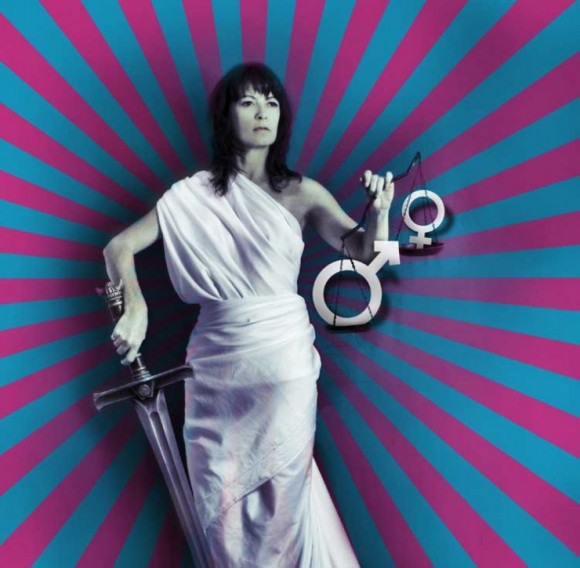
The project started in fall 2013 and has been gaining attention worldwide ever since, sparking similar projects from Sydney to London. More than 35 articles have been written on the project in the art media and beyond. All of this has been a heady experience for student and alumni contributors. Nimah Gobir ’15 counts it as one of the high points of her Chapman experience.
“It’s really great to be part of a movement,” Gobir says. “It has been amazing seeing how everyone interprets the statistics they are given. This project really gives me hope that art can be used as a means to tackle current issues.”
“Gallery Tally’s” own artist numbers are almost exactly inverse to the gallery statistics, with about 70 percent of contributing artists being female. Hebron also notes that women make up 65 percent of the enrollment in Master of Fine Arts programs. Why are women so underrepresented in gallery exhibits?
“It’s really a complicated issue, rooted heavily in discussions of capitalism and patriarchy and the way that capitalism caters to patriarchal biases,” Hebron says. “There are numerous women administrators at museums and galleries who support an all-male roster. So there are women complicit in this disparity, which is even more frightening. If you look at representation of racial minority, it’s even worse. I think that’s one of the reasons that people haven’t talked overtly about it in the art world, because it’s a pretty ugly reality.”
Gallery response to the project has been varied. Some gallerists get defensive, arguing that women artists don’t market themselves as well as men. Hebron’s answer is that women don’t have as many opportunities because galleries still control most of the primary means of marketing as the main agents of studio visits with collectors and museum buyers.
Other gallerists are apologetic.
“They say, ‘I know, I know! We need to get better,’” Hebron says. Whatever the reasons, the costs of artistic inequity are universal, Hebron notes.
“We all lose out when we’re not exposed to the full range of voices,” she says.
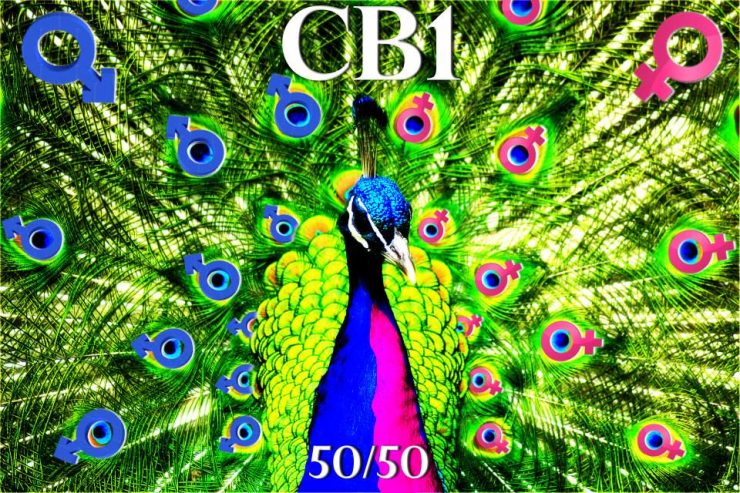
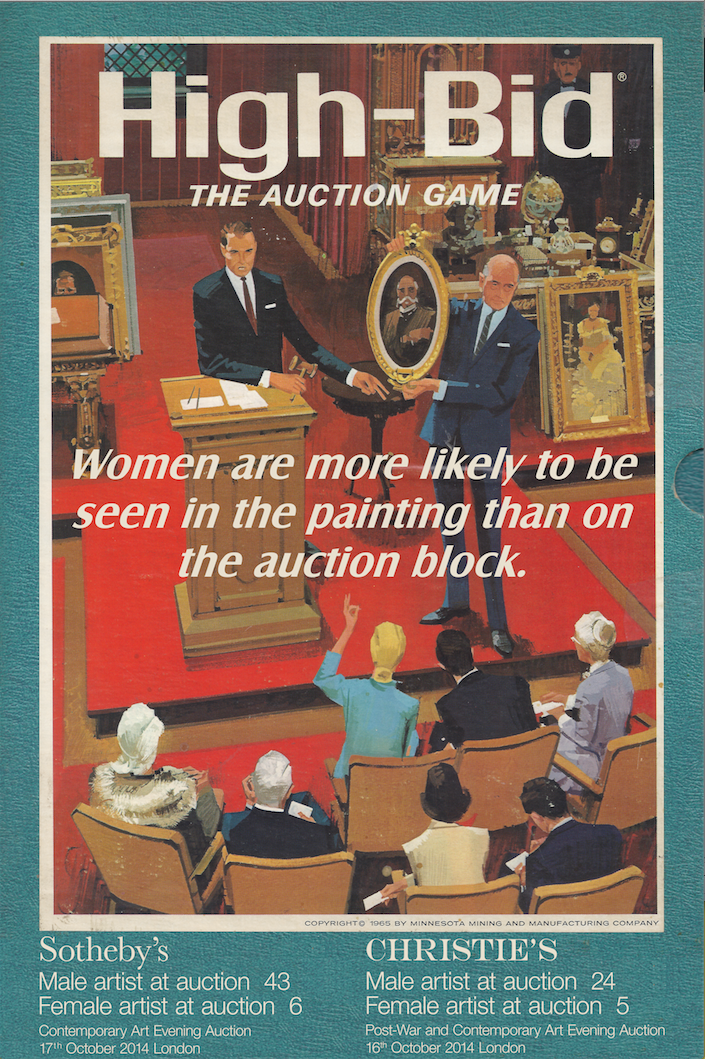

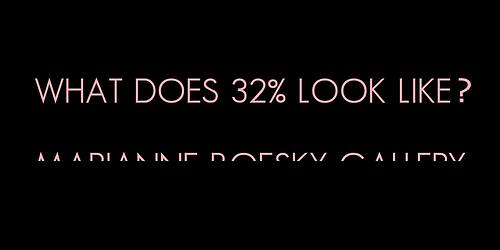
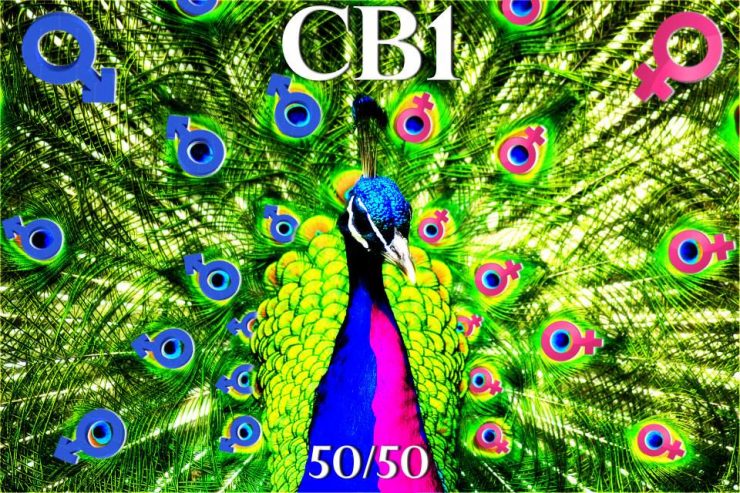
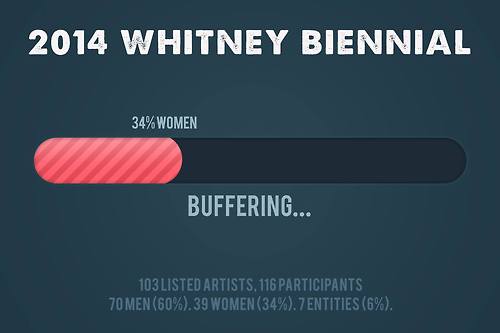
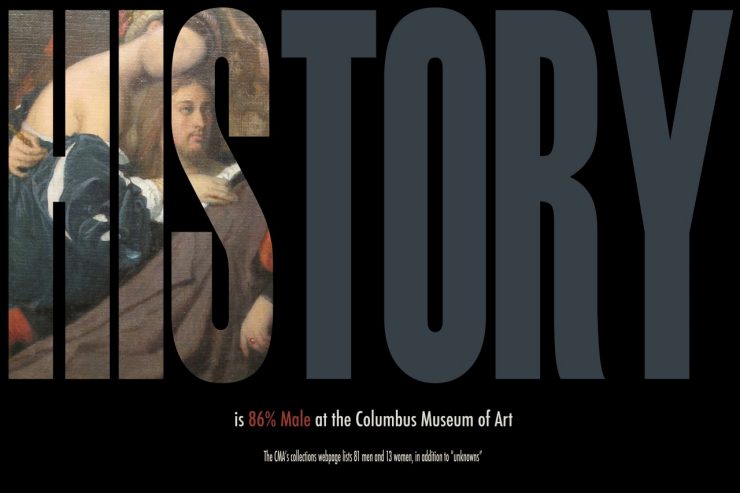
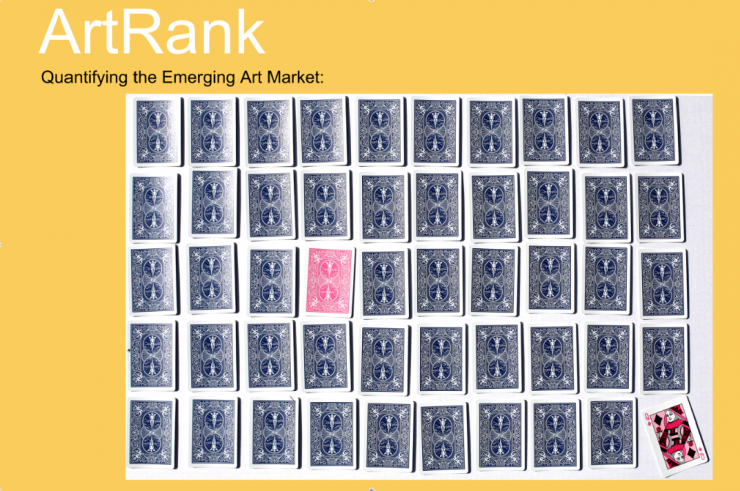
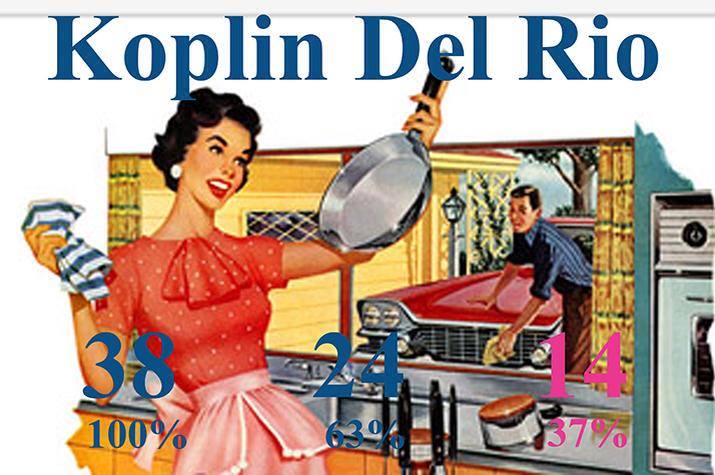
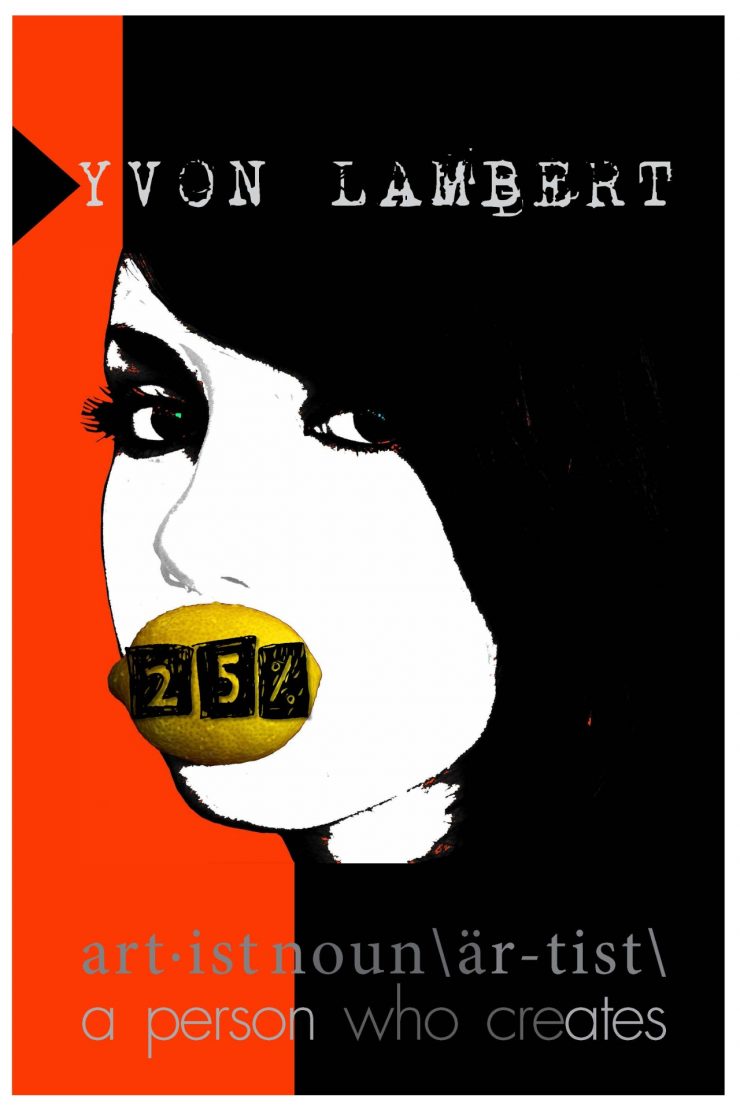
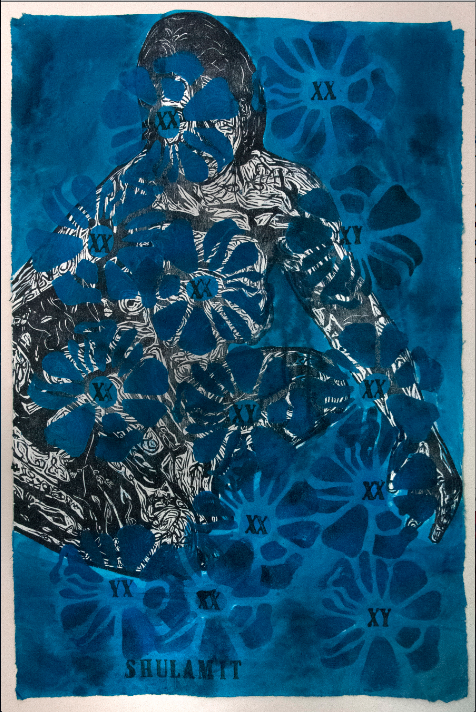
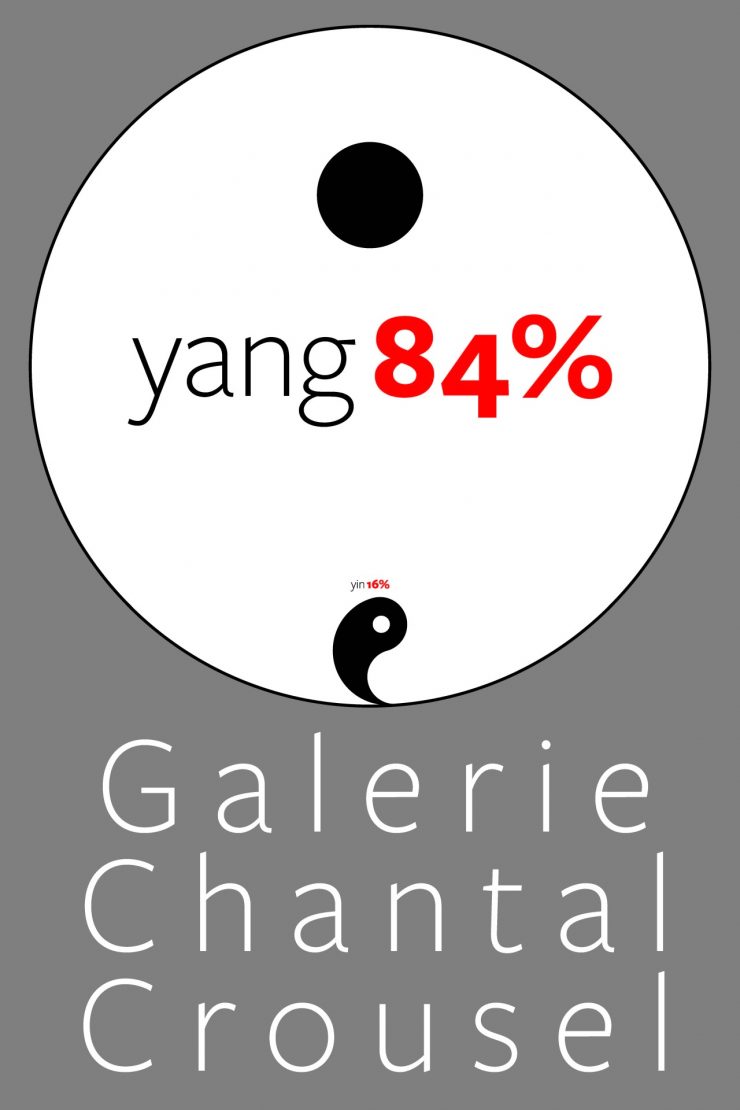
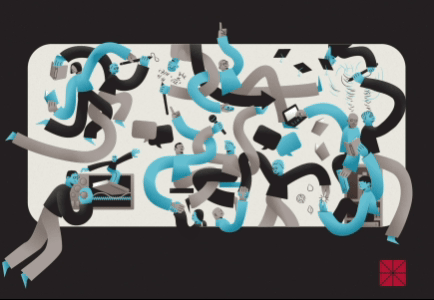
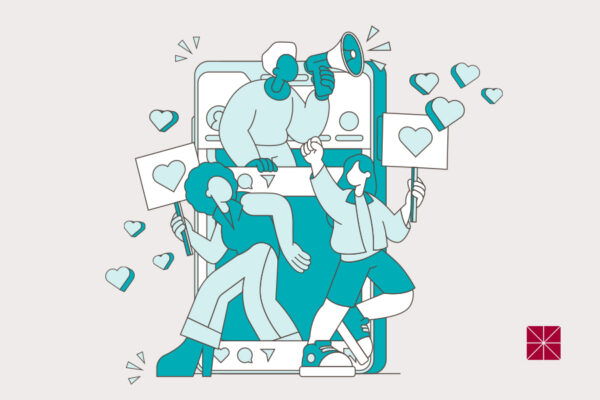


Add comment